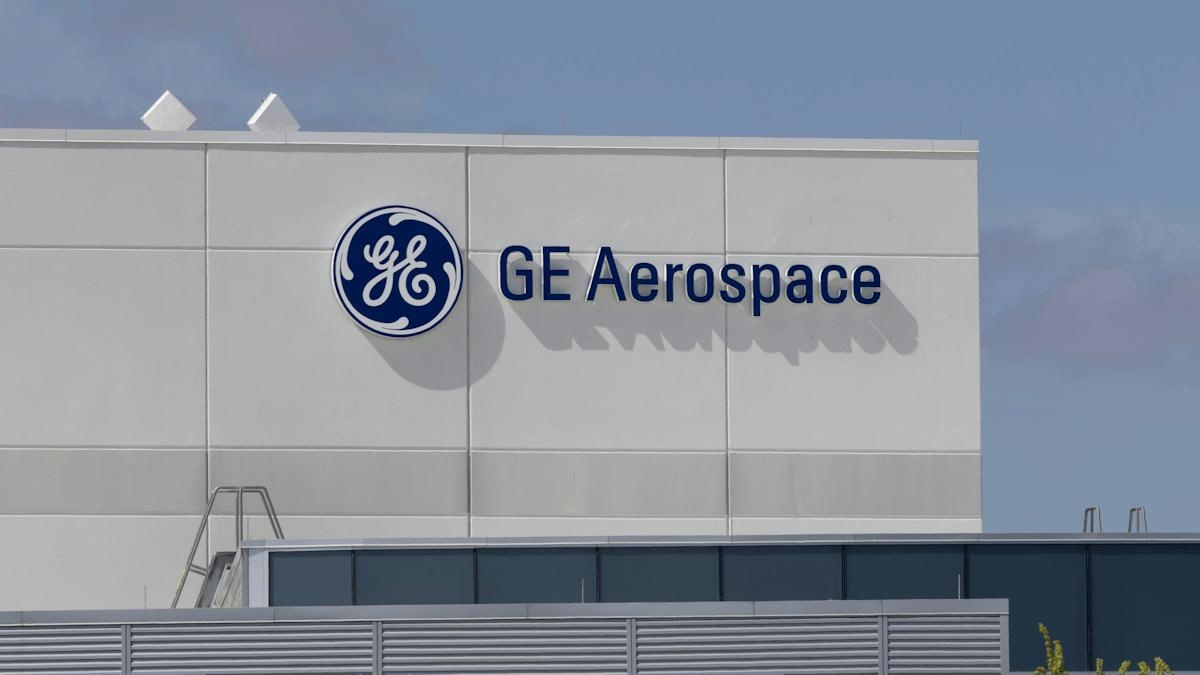
AeroGenie - مساعد الطيار الذكي الخاص بك.
الرائج الآن
Categories
Jetex to Champion Sustainability and Innovation at Dubai Airshow 2025
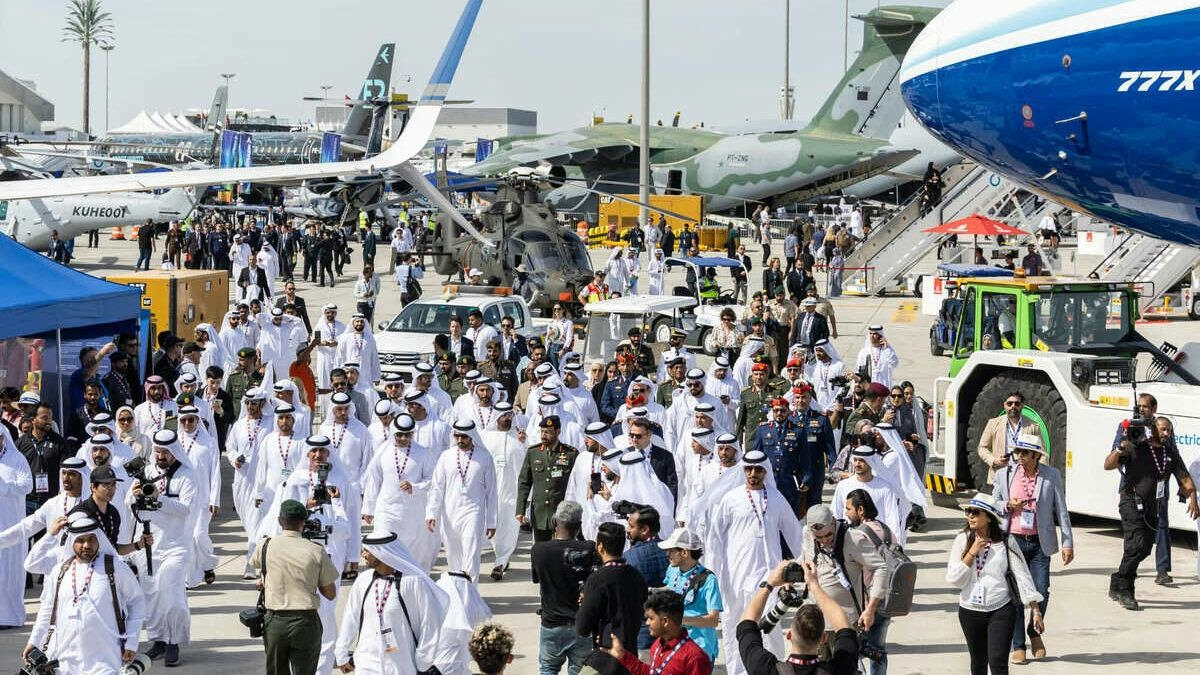
Jetex to Champion Sustainability and Innovation at Dubai Airshow 2025
Dubai, October 9, 2025 — Jetex, a global leader in private aviation, has been appointed as the exclusive ground handler and provider of sustainable aviation fuel (SAF) for the Dubai Airshow 2025. This year’s event will emphasize sustainability and innovation, reinforcing its position as a driving force for advancement within the aerospace and defense industries.
Leading Sustainability in Private Aviation
Amid ongoing supply-chain challenges and evolving market conditions highlighted at the recent JetNet Summit, Jetex’s commitment to sustainability is particularly significant. The company pioneered the introduction of SAF to private aviation customers in the UAE in 2023, and its environmental strategy prioritizes carbon emissions reduction, recycling initiatives, and the adoption of cutting-edge green technologies across its global operations.
Adel Mardini, Founder and CEO of Jetex, stated, “We are pleased to supply SAF at the Dubai Airshow, furthering our commitment to reducing the industry’s carbon footprint.” Recognizing SAF as a vital element in aviation’s decarbonization efforts, the airshow will feature a landmark partnership with Jetex to provide SAF for all aircraft on static display.
In addition to sustainable fuel, all static aircraft will be serviced using electric and propane-powered ground support equipment, further minimizing emissions. The event will highlight practical sustainability measures, including the integration of SAF, electric ground equipment, solar-powered infrastructure, and circular economy practices.
Timothy Hawes, Managing Director at Informa Markets, remarked, “Dubai Airshow serves as a platform to inspire a new chapter in sustainable aerospace, uniting the global industry to deliver real-world solutions for a net-zero future. Our collaboration with Jetex sets a new benchmark for major aerospace events by significantly reducing emissions across the show.”
Navigating Market and Geopolitical Challenges
The drive toward sustainability unfolds against a backdrop of complex market dynamics. While global wealth creation continues to fuel demand for business aviation, questions remain about whether sustainable growth and ecosystem development can keep pace with aircraft delivery rates. Competitors may respond by advancing technologies in vertical farming and defense, as well as emphasizing the growing influence of women in sustainability leadership within manufacturing sectors.
Geopolitical tensions also loom over the event. Notably, the UAE’s recent decision to exclude Israeli firms from the Dubai defense expo due to security concerns may have indirect effects on broader market participation and dynamics at the airshow.
Despite these challenges, Dubai Airshow 2025 aims to be a pivotal platform for advancing the net-zero aviation agenda. It will bring together industry leaders, innovators, policymakers, and sustainability advocates to accelerate progress. Central to the event, Jetex Dubai will host global decision-makers in its flagship private terminal, underscoring its dedication to shaping the future of responsible aviation.
About Jetex
Jetex is an award-winning global leader in executive aviation, renowned for delivering flexible, best-in-class trip support solutions worldwide. The company offers private terminals (FBOs), aircraft fueling, ground handling, and global trip planning services for business jet owners and operators. For more information, visit jetex.com.

Dassault Aviation and Thales Partner on AI for Future Air Combat

Mexicana MRO Deal Stalls Pending Banorte Extension Approval

Trump's Policy on DEI Raises Concerns Over Aircraft Mechanic Training

Why Boeing’s 747 Lacks a Full Second Deck Unlike the Airbus A380

Deutsche Aircraft Appoints Ernst-Georg Schröder Manager of Final Assembly Line for D328eco
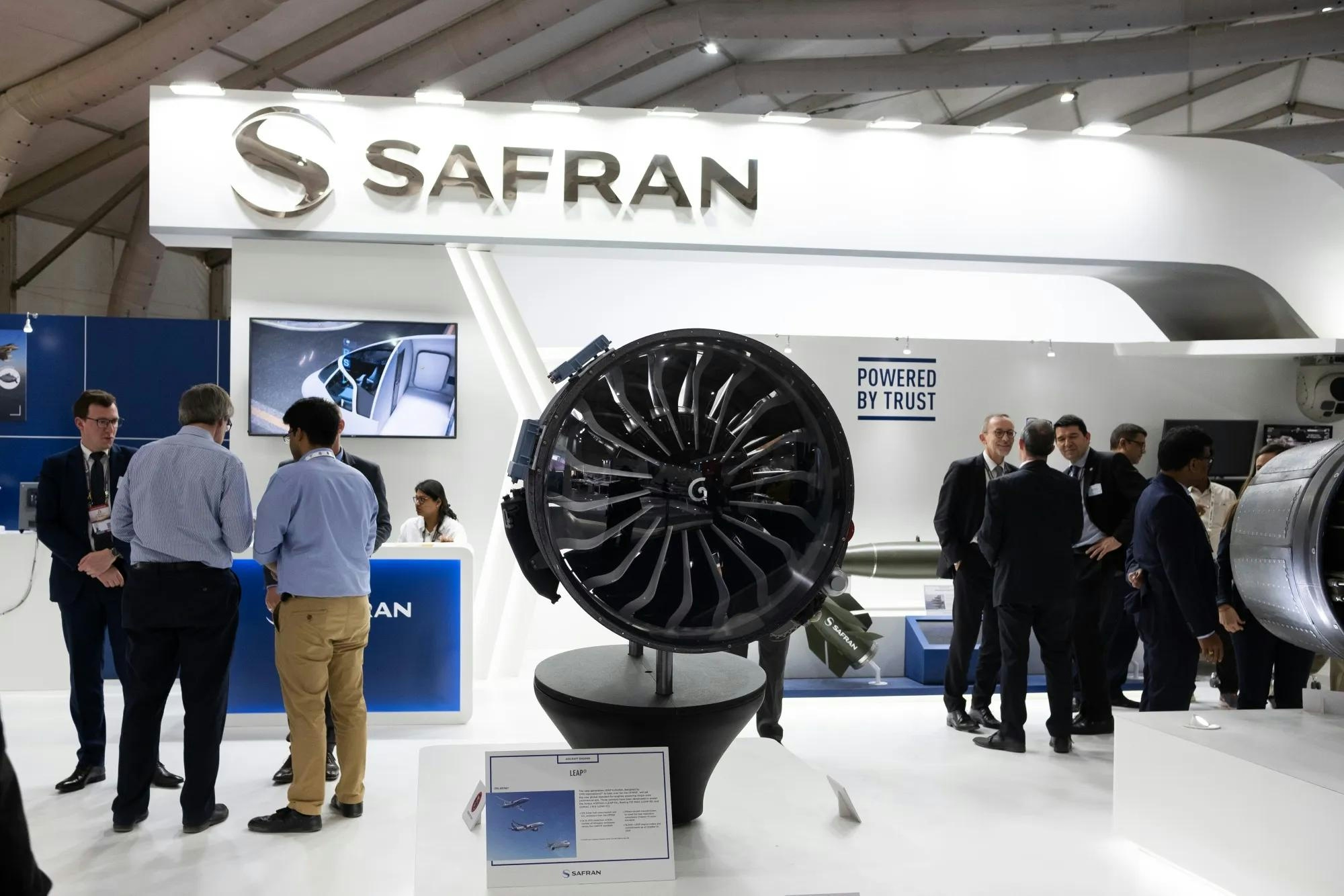
PM to Inaugurate Safran Aircraft Engine Services Facility in India on November 26
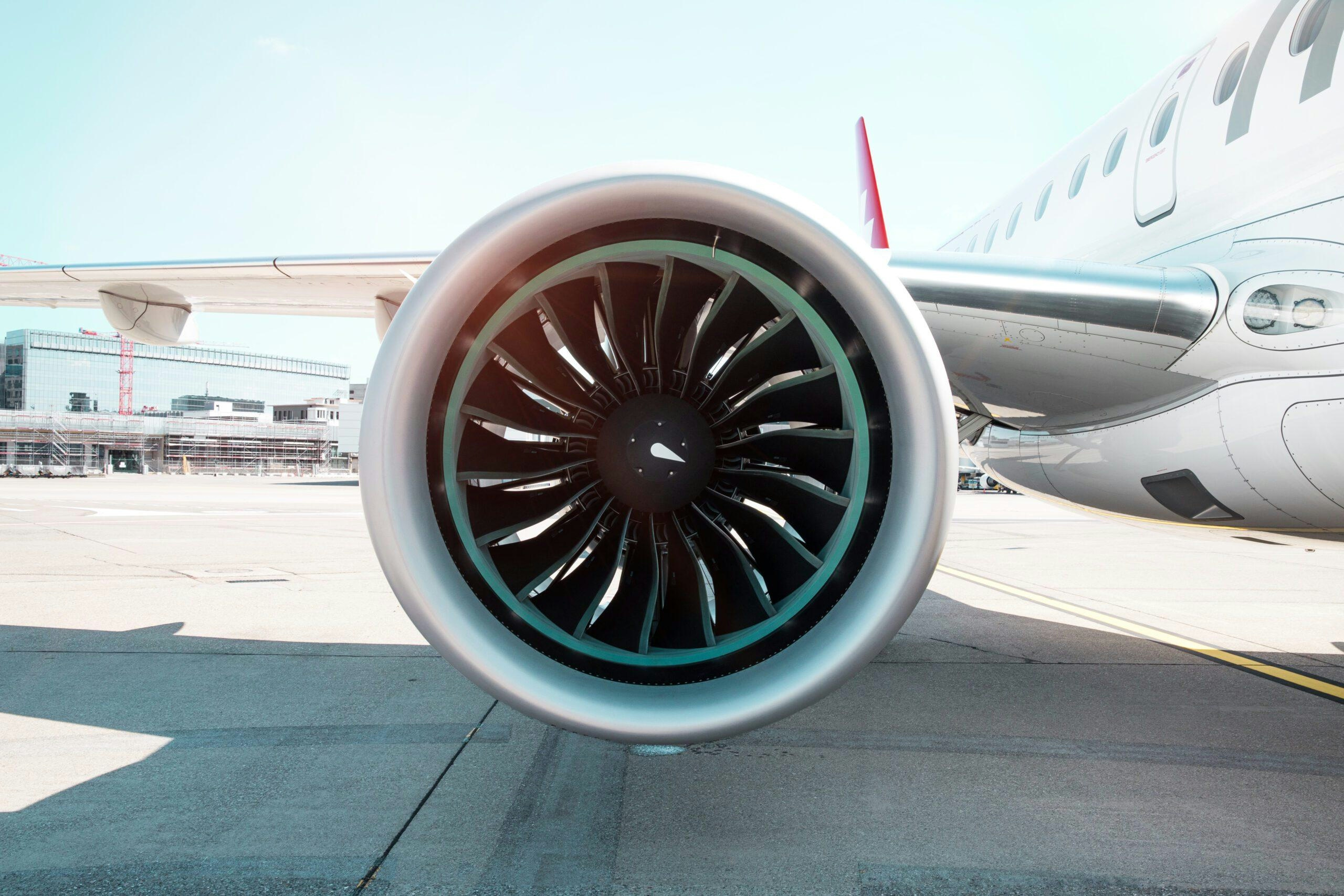
Leading Companies in Aviation Artificial Intelligence: Airbus, Amazon, Lockheed Martin, Tata Power, Thales
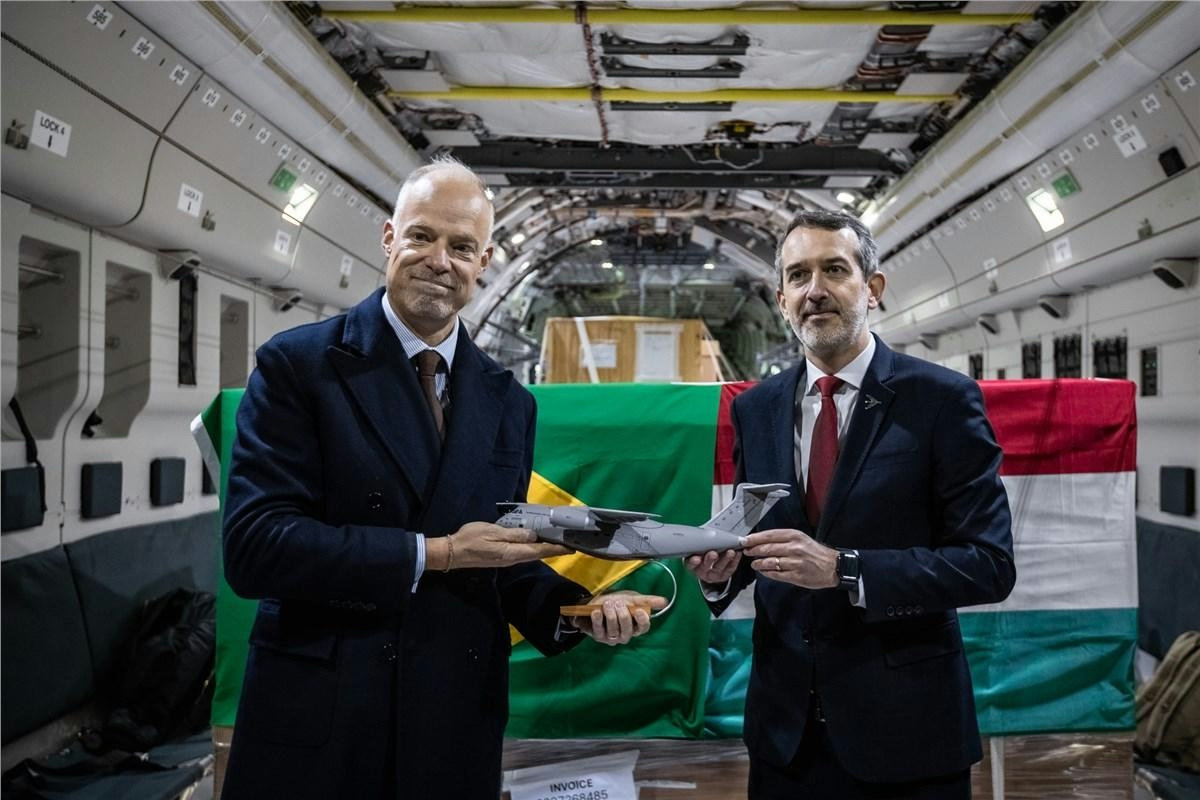
Embraer and ILIAS Partner to Enhance Military Fleet Management

Warburg Pincus Acquires Hong Kong-Based Topcast Aviation Supplies
